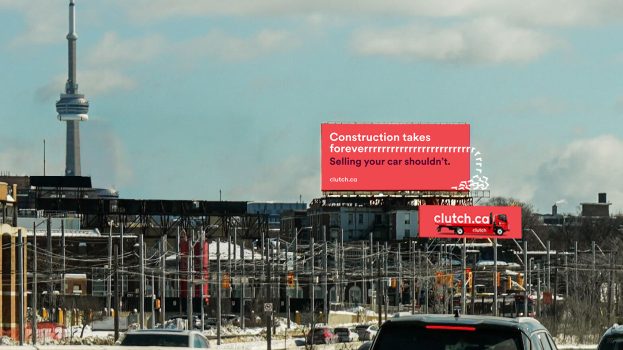 Google has recently unveiled its latest iteration of its driverless cars, which have no brake pedals or steering wheels, and can be summoned with the touch of an app.
Google has recently unveiled its latest iteration of its driverless cars, which have no brake pedals or steering wheels, and can be summoned with the touch of an app.
The mini two-seat cars were revealed on Google’s blog yesterday and are all a part of the brand’s driverless car initiative, which was unveiled in 2010 in a bid to “prevent traffic accidents, free up people’s time and reduce carbon emissions by fundamentally changing car use,” according to the tech giant’s blog.
The company is building 100 prototypes of the latest small vehicle, which has sensors around the vehicles that can detect distances up to two football fields away and can only travel 41 km/h.
The front of the cars are to be made out of a foam-like substance in case of a computer failure that results in a potential hit with pedestrians, the tech co told The New York Times. This car differs from earlier prototypes in that the human in the car will have no means of taking control of the vehicle other than to hit an emergency stop button. A pilot program will roll out in California for Google employees.
Google’s got some competition in the automated car space, with Mercedes, BMW and Volvo all recently introducing automated prototypes.
[iframe_youtube video=”CqSDWoAhvLU”]
But what does this mean for advertisers? While radio ads can hold drivers’ attention (and in some cases interact with drivers), they’re often still focused on the road. Driverless cars, of course, means turning everyone into passengers, and creating a new type of largely-captive audience, says Tony Chapman, CEO and founder, Capital C.
“What created the golden age of marketing was the captive consumer watching television,” he says. “So if you’ve got a commuter that’s captive and not driving, that time is an opportunity.”

Of course, unlike the golden age of television, the consumer will be in control of what they do, he says, whether that’s listen to music, respond to emails or watch movies (and of course, deal with motion sickness).
Essentially, the driving experience will be transformed into one akin to air or train travel, says George Nguyen, managing director, TBWA\Toronto.
This will mean rethinking how brands think about the consumer’s commute – what would a driver read during that hour on the 401? How could you build an entertaining app that keeps you engaged while driving up to a cottage?
This will also force brands to rethink how they do ads outdoors – right now, OOH ads are often created for drivers with fleeting attention, but driverless cars means people may actually have the time to read ads. But don’t start writing novels on your billboards, of course, it’s still a number of years off before we’re all moving around via driverless cars.
The bigger benefit, Chapman says, will be if these driverless cars slot into the Google ecosystem seamlessly. That’s to say, while driving, the smart car, connected by your Google profile, synced to your Android phone, knows when you’re leaving for the day, opening up the opportunity to push out location or time-based ads directly to the car.
Nguyen adds that he sees a huge opportunity for destination marketing to take off, especially if “favourite” destinations are introduced (right now, the car can literally only go where you tell it to go on a Google Map, and favourite or preferred destinations are currently a function on the apps).
For example, restaurants or stores’ marketing materials could include calls to action that have consumers “favourite” a location, he says, while gas stations – often the victim of on-the-fly price comparison – could see a huge boom in loyalty.























